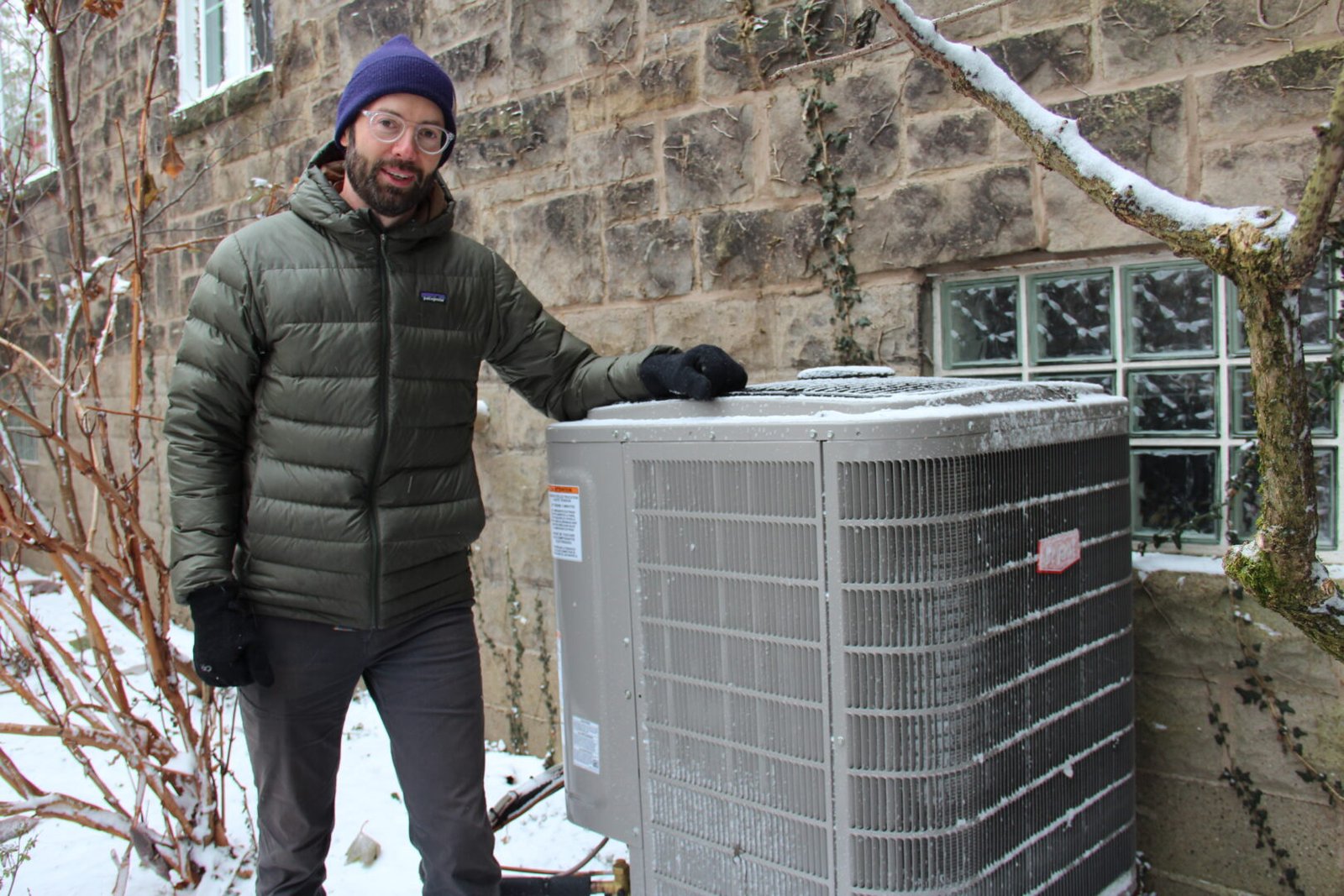Millions of households across the United States could significantly benefit from the adoption of heat pump technology, according to a recent study conducted by researchers.
Millions of households across the United States could significantly benefit from the adoption of heat pump technology, according to a recent study conducted by researchers at the U.S. Department of Energy’s National Renewable Energy Laboratory (NREL). However, despite the potential for substantial energy savings, the high installation costs of pumps continue to pose a significant barrier to widespread adoption.
Published in the journal Joule, the study offers insights into the costs and benefits of air-source heat pumps in various climates, considering different heating sources and housing types. Drawing on simulations of 550,000 statistically representative households, the researchers analyzed factors such as heat pump performance and the impact of home weatherization measures, such as improved insulation.
The analysis revealed that a majority of American households—ranging from 62% to 95%, depending on the pump efficiency—could experience a decrease in their energy bills by switching to heat pumps. Moreover, enhancing home weatherization could extend this range to 82% to 97% of households. However, despite these potential benefits, the high upfront costs of installation make heat pumps financially feasible for only a smaller portion of households.
Eric Wilson, a senior research engineer at NREL and lead author of the paper titled “Heat Pumps for All? Distributions of Costs and Benefits of Residential Air-Source Heat Pumps in the United States,” emphasizes the need to reduce installation costs to make heat pumps more accessible. Wilson highlights existing incentives, such as tax credits and rebates under the Inflation Reduction Act, which could make heat pump adoption more affordable for millions of households.
The study’s co-authors, including Prateek Munankarmi, Janet Reyna, Stacey Rothgeb from NREL, and Brennan Less from Lawrence Berkeley National Laboratory, underscore the dual benefits of heat pumps, which provide both heating and air conditioning. However, they caution that homeowners without existing air conditioning systems may face additional costs.
One significant finding of the research is the potential for these pumps to significantly reduce home energy consumption, with national estimates suggesting a 31% to 47% average reduction, depending on efficiency levels. When combined with building upgrades like improved insulation, this reduction could reach 41% to 52%. However, the actual energy cost savings may vary due to disparities in natural gas and electricity prices across regions.
The study identifies heating fuel type and the presence of air conditioning as key factors influencing potential savings. For the approximately 49 million homes using electricity, fuel oil, or propane for heating and equipped with air conditioning, energy bill savings could range from 92% to 100%, with median savings of $300 to $650 annually, depending on heat pump efficiency.
Munankarmi emphasizes that savings are particularly significant in colder climates, where homeowners stand to benefit the most. Furthermore, he notes that homeowners can achieve additional savings by first improving the energy efficiency of their homes, potentially saving thousands of dollars by installing smaller heat pump systems.
In addition to cost savings, the study highlights the environmental benefits of heat pump adoption, noting a reduction in greenhouse gas emissions in every state, particularly when replacing fossil fuel-powered heating systems. Nationally, residential sector greenhouse gas emissions could decrease by 36% to 64%, including emissions from new electricity generation.
The research, funded by the Department of Energy’s Building Technologies Office, underscores the importance of continuing efforts to make heat pump technology more accessible and affordable for American households. NREL, as the primary national laboratory for renewable energy and energy efficiency research and development, remains committed to advancing solutions for a more sustainable energy future.
In conclusion, while heat pumps offer significant potential for energy savings and emissions reduction, addressing cost barriers is essential to unlocking their full benefits for millions of households across the United States.
